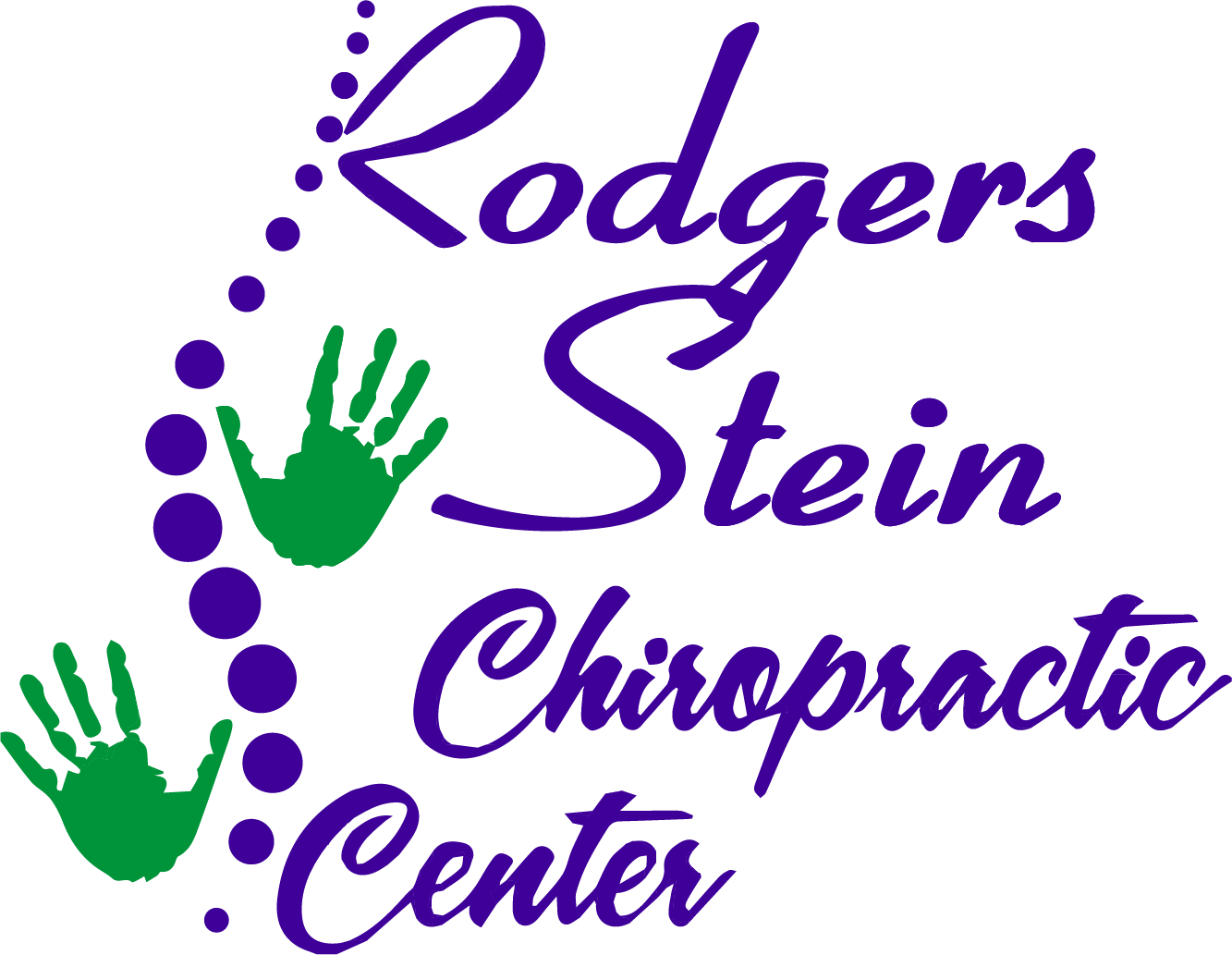You might not realize how much joint flexibility impacts your daily life, but it's essential for overall movement and comfort. By incorporating simple yet effective strategies, you can enhance your mobility naturally. Think about the benefits of targeted stretching, mindful practices, and even nutrition. Each element plays a vital role in supporting your joints and improving your range of motion. So, what specific techniques can you implement to achieve these benefits without resorting to quick fixes? Let's explore the methods that can truly make a difference.
Understanding Joint Flexibility
When it comes to understanding joint flexibility, it's essential to recognize how your body's joints function. Joints serve as the connection points between bones, allowing movement while providing stability. Each joint has a specific structure—some are designed for limited movement, while others, like your knees and elbows, allow for a wide range of motion.
You've got different types of joints in your body, such as hinge joints, ball-and-socket joints, and pivot joints. These variations determine how flexible each joint can be. For example, your shoulder joint, a ball-and-socket type, offers a significant degree of flexibility compared to the more rigid hinge joint of your knee.
Muscles, tendons, and ligaments all play a role in joint flexibility. Muscles provide the force needed for movement, while tendons connect muscles to bones, facilitating that action. Ligaments, on the other hand, connect bones to other bones, stabilizing the joint. The balance between these components affects your overall flexibility.
Age, activity level, and genetics can all influence your joint flexibility. As you age, connective tissues may lose elasticity, causing a natural decline in flexibility. Regular stretching and movement can help maintain or even improve your range of motion.
Understanding how your joints work and what affects their flexibility is the first step toward taking better care of your body, enhancing your physical capabilities, and improving your overall quality of life.
Benefits of Improved Mobility
Improved mobility brings a host of benefits that can greatly enhance your quality of life. When you can move freely and easily, everyday tasks become less intimidating. You'll find that simple actions like bending down to tie your shoes or reaching for something on a high shelf no longer feel like a chore. This increased ease of movement can foster a sense of independence, allowing you to engage more fully in activities you love.
Additionally, improved mobility can markedly boost your physical health. With greater flexibility and movement, you'll likely experience increased strength and endurance. This can lead to better performance in both daily activities and exercise, making it easier to stay active and maintain a healthy lifestyle.
You might also notice a decrease in the risk of injuries, as your joints and muscles become more resilient and adaptable to various movements.
Mental health benefits also come into play. As you become more mobile, you may find that your confidence grows. This newfound self-assurance can encourage you to try new activities, socialize more, and even explore outdoor adventures.
The positive effects on your mood are undeniable, as physical activity releases endorphins, which can help to alleviate stress and anxiety.
Effective Stretching Techniques
Incorporating effective stretching techniques into your routine can greatly enhance your flexibility and overall movement. To start, focus on dynamic stretching before your workouts. This involves moving parts of your body through their full range of motion, which helps warm up your muscles.
Try leg swings, arm circles, or torso twists to get your blood flowing and prepare your joints for activity.
After your workout, take time for static stretching. This type of stretching involves holding a position for 15 to 30 seconds, allowing your muscles to relax and lengthen. Target major muscle groups like your hamstrings, quadriceps, hip flexors, and shoulders.
For example, to stretch your hamstrings, sit on the floor with one leg extended, reach for your toes, and hold that position.
Incorporate the PNF (Proprioceptive Neuromuscular Facilitation) technique for even deeper stretching. This method involves a partner or using a strap. You stretch a muscle, then contract it against resistance for a few seconds before relaxing and stretching it further. This can improve flexibility considerably.
Remember to breathe deeply during your stretches, as it helps release tension and enhances your range of motion. Stretching should never be painful; if you feel discomfort, ease off the stretch.
Consistency is key, so aim to stretch at least three to four times a week. With these effective techniques, you'll notice improvements in your flexibility and movement in no time.
Strengthening Surrounding Muscles
Strengthening the muscles surrounding your joints is essential for enhancing flexibility and overall movement. When you build strength in these areas, you create a supportive framework that not only stabilizes your joints but also allows for greater mobility. This can lead to improved performance in daily activities, sports, and exercise routines.
Here are some key benefits to take into account:
- Injury Prevention: Strong muscles help absorb shock and reduce wear and tear on your joints, greatly lowering the risk of injuries.
- Enhanced Performance: Whether you're running, lifting, or simply walking, stronger muscles translate to better power and endurance, allowing you to perform at your best.
- Improved Posture: Strengthening surrounding muscles, particularly in your core and back, can lead to better alignment and posture, which positively affects your overall body mechanics.
- Increased Confidence: As you gain strength and flexibility, you'll feel more capable and confident in your movements, whether you're engaging in physical activities or simply maneuvering through your daily life.
To effectively strengthen these muscles, think about incorporating exercises like squats, lunges, and resistance training into your routine.
Focus on gradual progression—start with lighter weights or body-weight exercises and increase intensity as you grow stronger. Remember, consistency is key.
With time and effort, you'll notice a considerable improvement in your joint flexibility and movement, making your daily activities easier and more enjoyable.
Nutrition for Joint Health
To keep your joints healthy, eating the right foods is vital. Incorporating anti-inflammatory options and essential nutrients can make a significant difference in how your joints feel and function.
Let's explore what you can include in your diet for better joint health.
Anti-Inflammatory Foods
When it comes to supporting joint health, the right foods can make a significant difference. Incorporating anti-inflammatory foods into your diet can help reduce swelling and pain, allowing you to move more freely and enjoy life.
Here are four powerful anti-inflammatory foods you should consider adding to your meals:
- Fatty Fish: Salmon, mackerel, and sardines are rich in omega-3 fatty acids, which help lower inflammation and support joint health.
- Berries: Blueberries, strawberries, and blackberries are packed with antioxidants that fight inflammation and protect your joints from damage.
- Leafy Greens: Spinach, kale, and collard greens are loaded with vitamins and minerals that can reduce inflammation and promote overall joint function.
- Turmeric: This vibrant spice contains curcumin, a compound known for its anti-inflammatory properties. Adding it to your dishes can provide a natural boost for your joints.
Essential Nutrients for Joints
Joint health relies on a blend of essential nutrients that play significant roles in maintaining flexibility and reducing discomfort. You need to focus on a few key nutrients to support your joints effectively.
First up is omega-3 fatty acids, found in fatty fish like salmon and walnuts. These healthy fats help combat inflammation and keep joints lubricated.
Next, consider vitamin D and calcium. Vitamin D helps your body absorb calcium, which is important for bone health and joint stability. You can get these nutrients from dairy products, leafy greens, and fortified foods.
Don't forget about vitamin C, which is necessary for collagen production. Collagen is a protein that provides structure to your cartilage, protecting your joints.
Glucosamine and chondroitin supplements are popular for joint health as well. They may help maintain cartilage and reduce pain.
Finally, magnesium plays a role in muscle function and can help alleviate tension around your joints.
Incorporating these nutrients into your diet can make a significant difference in your joint health. Aim for a balanced diet rich in these essential nutrients, and you'll be on your way to improved flexibility and comfort.
The Role of Hydration
Staying hydrated is essential for maintaining joint flexibility and overall movement.
When you drink enough water, it helps lubricate your joints, reducing friction and discomfort.
Importance of Water Intake
Hydration plays an essential role in maintaining joint flexibility and overall movement. When you stay hydrated, your body functions more efficiently, supporting your joints during daily activities.
Water helps keep your muscles and ligaments flexible, allowing for smoother, more fluid motions.
Here are four reasons why you should prioritize your water intake:
- Enhances Performance: Staying properly hydrated can improve your physical performance, making activities feel easier and more enjoyable.
- Reduces Fatigue: Dehydration can lead to fatigue, which can hinder your ability to move freely and engage in your favorite activities.
- Boosts Recovery: After a workout, hydration supports recovery, helping to reduce soreness and stiffness in your joints.
- Improves Mood: Adequate hydration can enhance your mood and energy levels, enabling you to engage more actively in your life.
Hydration and Joint Lubrication
While many people overlook the importance of hydration for joint health, it plays an essential role in joint lubrication. When you stay properly hydrated, your body produces synovial fluid, which acts as a lubricant for your joints. This fluid reduces friction between cartilage surfaces during movement, making your joints more flexible and less prone to injury.
If you're not drinking enough water, your joints can become stiff and painful. Dehydration can lead to decreased production of synovial fluid, increasing wear and tear on your joints over time.
To maintain peak joint health, aim for at least eight glasses of water a day, adjusting for factors like exercise and climate.
Incorporating hydrating foods into your diet, such as fruits and vegetables, can also boost your hydration levels. Foods like cucumbers, oranges, and watermelon not only quench your thirst but also provide essential nutrients that support joint health.
Lifestyle Changes for Flexibility
Improving your flexibility isn't just about stretching; it's also about making smart lifestyle changes. You can enhance your joint flexibility and overall movement quality by adopting certain habits. Here are four impactful changes you can make today:
- Stay Active: Incorporate regular physical activity into your routine. Whether it's walking, dancing, or swimming, keeping your body in motion helps maintain flexibility and strengthens your muscles.
- Prioritize Nutrition: Eating a balanced diet rich in vitamins, minerals, and healthy fats supports joint health. Focus on foods like leafy greens, nuts, and fish. These nutrients help reduce inflammation and promote better mobility.
- Maintain a Healthy Weight: Excess weight can put added strain on your joints. By managing your weight through healthy eating and regular exercise, you'll alleviate pressure on your joints, making movement easier and more fluid.
- Get Quality Sleep: Never underestimate the power of restorative sleep. Aim for 7-9 hours per night to allow your body to recover and repair itself. A well-rested body is more resilient and flexible.
Making these lifestyle changes can greatly impact your flexibility over time. You'll not only feel better physically, but also experience improved overall well-being.
Incorporating Mindfulness Practices
Enhancing your flexibility goes beyond physical practices and includes mental approaches as well. Incorporating mindfulness practices into your routine can greatly improve your joint flexibility and overall movement. Mindfulness isn't just about meditation; it's about being present and aware of your body and its sensations.
Start by finding a quiet space where you can focus. Take a few deep breaths, letting your mind settle. As you breathe, bring awareness to your body, noticing any areas of tension or stiffness. This awareness helps you understand how your body feels and where you might need to focus your flexibility efforts.
You can also practice mindfulness during your stretching routines. Instead of rushing through each stretch, take your time. Pay attention to how your muscles feel as you elongate them. Notice the sensations, both pleasant and uncomfortable, and allow yourself to adjust your movements accordingly. This practice not only enhances your flexibility but also fosters a deeper connection between your mind and body.
Incorporating yoga or tai chi can be beneficial too. Both practices encourage mindfulness while promoting flexibility. As you flow through poses or movements, concentrate on your breath and the feelings in your joints. This focus helps release tension and enhances your range of motion.
Don't underestimate the power of visualization, either. Picture your joints moving freely and comfortably, reinforcing the belief that flexibility is achievable.
Conclusion
By prioritizing joint flexibility and movement, you can enhance your overall well-being. Regular stretching, strengthening exercises, and a nutritious diet rich in anti-inflammatory foods will support your joints. Don't forget to stay hydrated and incorporate mindfulness practices like yoga into your routine. These small yet impactful changes can lead to significant improvements in your mobility and comfort. Embrace these strategies, and you'll not only feel better but also enjoy a more active lifestyle.



